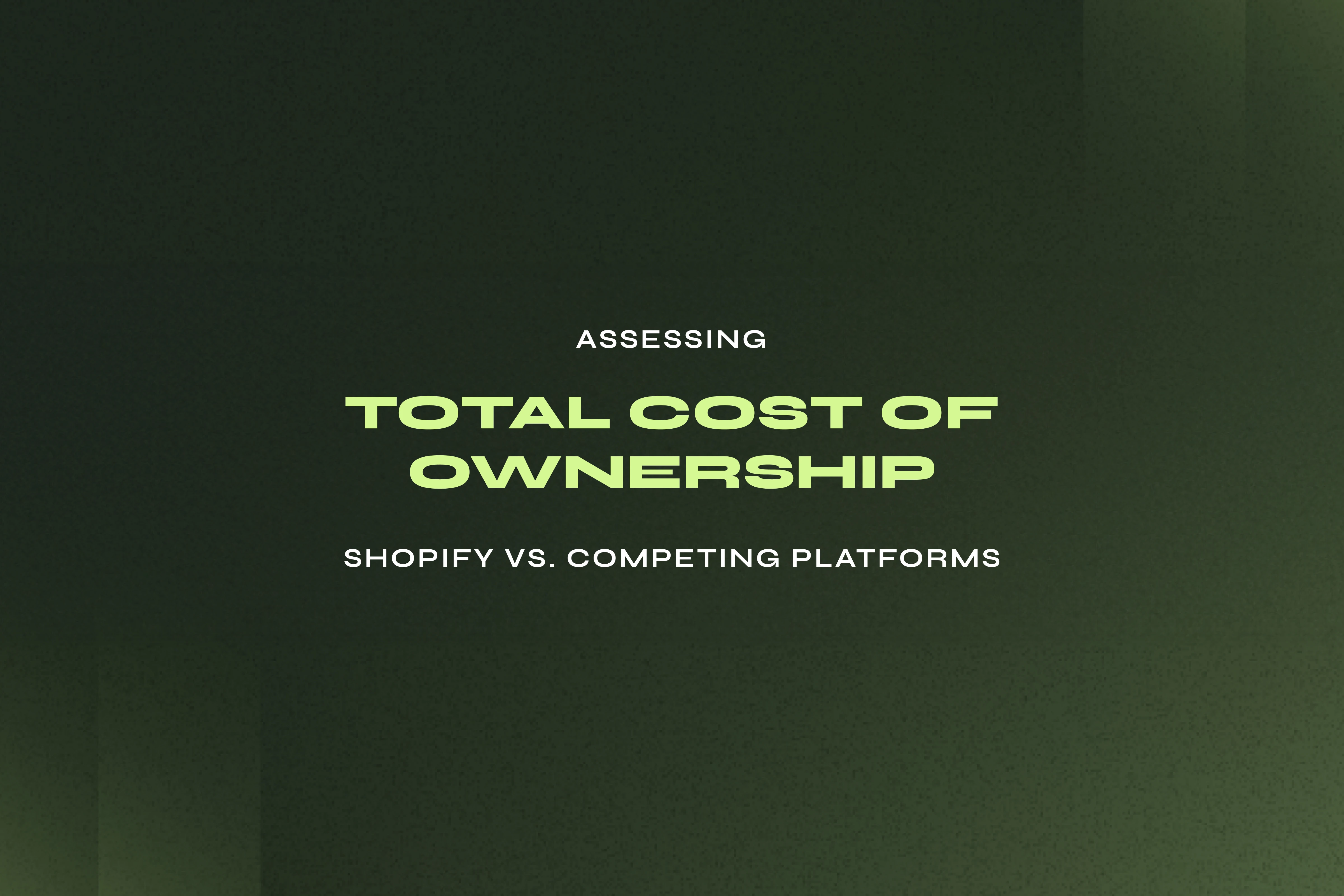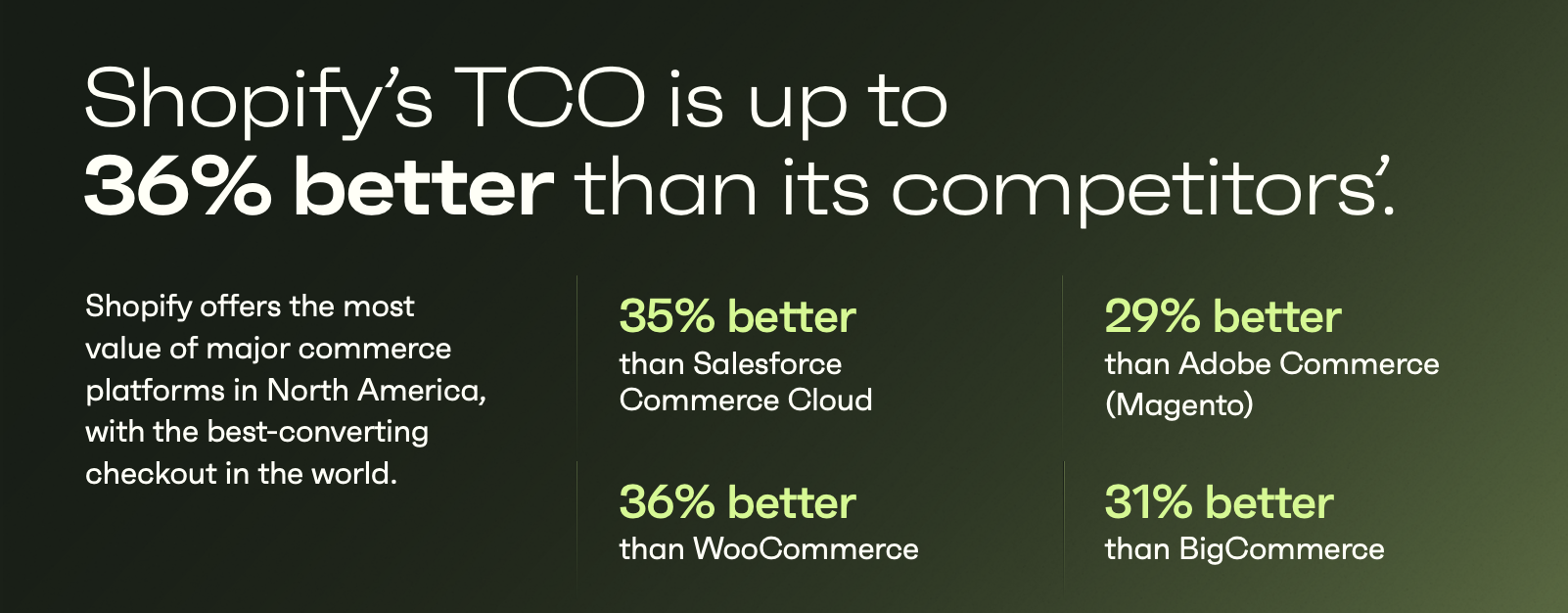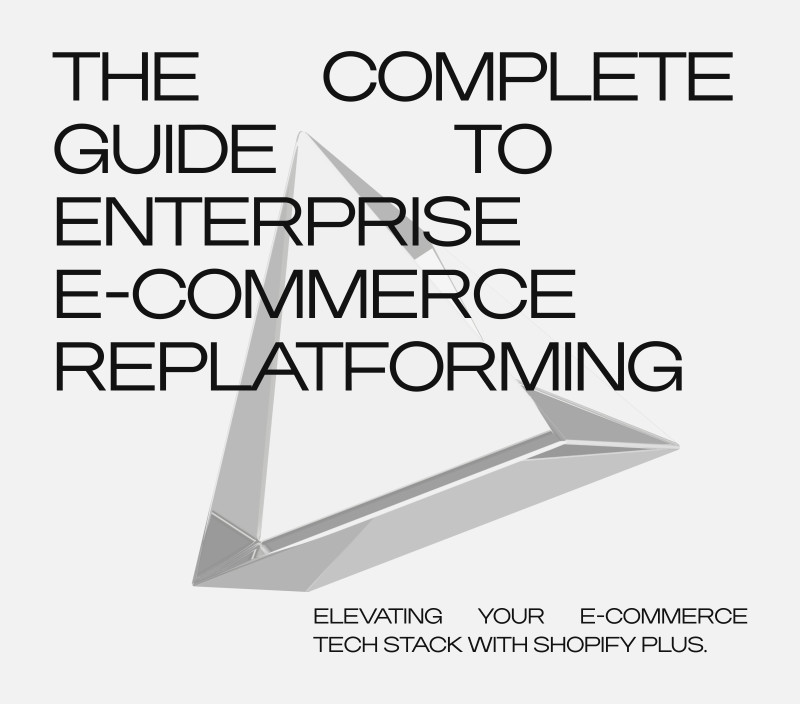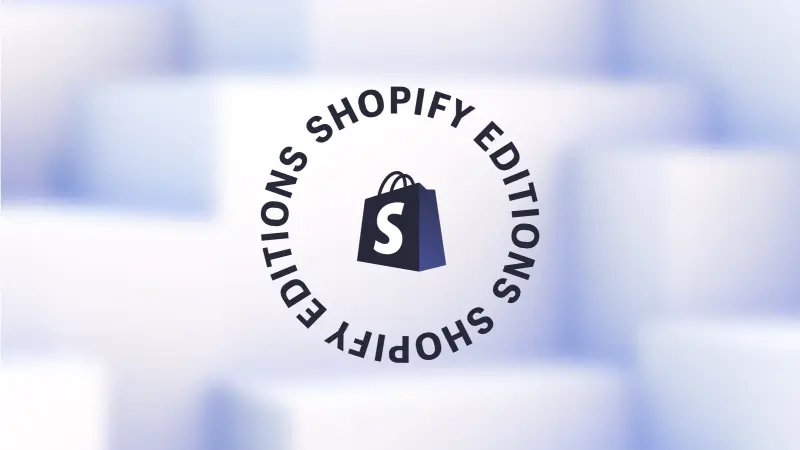Assessing Total Cost of Ownership: Shopify vs. Competing Platforms

Quick Summary Shopify's TCO surpasses that of its competitors by an average of 33%, and in some cases, up to 36% better.
As merchants strive to maintain profitability in an increasingly competitive market, every operational decision, especially technology expenditures, carries significant weight. Among these decisions, the most critical is selecting the right e-commerce platform. However, the upfront costs of such platforms only scratch the surface of their true financial impact.
In this blog post, we delve into the concept of Total Cost of Ownership (TCO) and its implications for e-commerce businesses, with a particular focus on Shopify Plus and how it compares to other modern e-commerce platforms including Magento, SalesForce Commerce Cloud, Big Commerce and Woocommerce.
Understanding Total Cost of Ownership:
Total Cost of Ownership goes beyond the initial investment and encompasses the complete expenses associated with owning and operating an e-commerce platform throughout its lifecycle. This includes not only setup fees but also ongoing costs such as maintenance, upgrades, integrations, and scalability.
For eCommerce directors considering adjustments, understanding Total Cost of Ownership is essential for evaluating different eCommerce solutions and strategies. Moreover, it's a valuable tool for building a compelling business case, whether seeking budget approval for a replatforming/migration project or implementing significant changes within your in-house team.
The total cost of ownership typically encompasses three main elements and is often measured over a 3-5 years time period:
Initial implementation and setup expenses
Ongoing platform fees and costs associated with the e-commerce stack
Continuous operational and support resources
So where does Shopify Plus come into play?
Much of our focus at Avex involves assisting merchants in migrating from legacy platforms to Shopify Plus, directly tying into the concept of Total Cost of Ownership. While there are initial implementation expenses associated with this transition, the rapid realization of value often offsets these costs. In fact, many of our clients are able to recoup the expenses of platform migration within a year or even sooner, underscoring the favorable TCO of Shopify Plus compared to their previous platforms.
The results revealed that Shopify's TCO surpasses that of its competitors by an average of 33%, and in some cases, up to 36% better.

The research highlights the following key points:
On average, Shopify's platform costs outperform competitors by 23%. Adobe's platform fees and ecommerce stack expenses are notably 42% higher, while BigCommerce and WooCommerce costs exceed Shopify's by 32%.
Shopify's operating costs, on average, are 19% lower compared to competitors. Notably, WooCommerce's operational and support expenses are 41% higher, with Adobe and Salesforce trailing at 24% and 6% higher, respectively. BigCommerce also exhibits a 21% higher operational and support cost.
Shopify's implementation costs are an average of 33% better than competitors. BigCommerce's implementation and setup costs stand out at 88% higher, while for WooCommerce, Adobe, and Salesforce, the costs are 49%, 42%, and 16% higher, respectively.
The process of setting up and launching a new storefront on Shopify is significantly expedited, boasting up to a 41% faster completion time compared to other platforms analyzed.
These figures represent significant differences that can profoundly impact organizations of all sizes and levels of complexity. They delineate the distinction between having the flexibility to explore new products or markets confidently and being caught in a cycle of investing resources into a growing technology debt.
How about Conversions?
While our focus in this blog so far has been primarily on cost advantages, it's essential to also consider the value that different platforms offer to enterprises. A variance in conversion rates can essentially be viewed as an added expense for alternative platforms, as it represents the potential value that businesses could have gained if they were utilizing Shopify.
Shopify’s overall conversion rate exceeds that of the competition by up to 36%. When viewed as a percentage of TCO, assuming a 10% margin on goods sold, this equates to approximately a 1.8% TCO offset.
Credited to Shopify, the following image highlights the hidden expenses incurred by not utilizing Shopify checkout.

Each percentage point holds significant weight, particularly for small companies in the process of scaling. For large enterprises already operating at scale, these figures could signify millions in lost revenue opportunities.
Conclusion:
In recent years, e-commerce enterprises have placed a significant emphasis on generating revenue and achieving year-over-year performance growth. However, amidst evolving market dynamics and mounting competitive pressures, many businesses are recognizing the importance of Total Cost of Ownership in safeguarding their margins. It's becoming increasingly evident that operating with a high TCO is unsustainable in the current economic climate.
This strategic shift towards prioritizing TCO is particularly critical for some retailers, as it may determine their long-term viability in an increasingly competitive landscape. For others, it presents an opportunity to unlock margins essential for sustaining growth amidst challenging market conditions.
Ready to optimize your TCO and maximize the potential of your e-commerce platform?
The team at Avex is dedicated to helping you leverage Shopify's capabilities to their fullest extent, ensuring efficiency and profitability for your e-commerce business. Get in touch today and let's work together to ensure your business is lean, resilient, and primed for success in today's competitive market.



